Unlike most inventions, the car was not created by just one person doodling a picture on a scrap piece of paper. There were a series of parts such as wheels, gears and the engine that needed to be created first. The first car was a collaboration of ideas and inventions that took over 5000 years to come together!
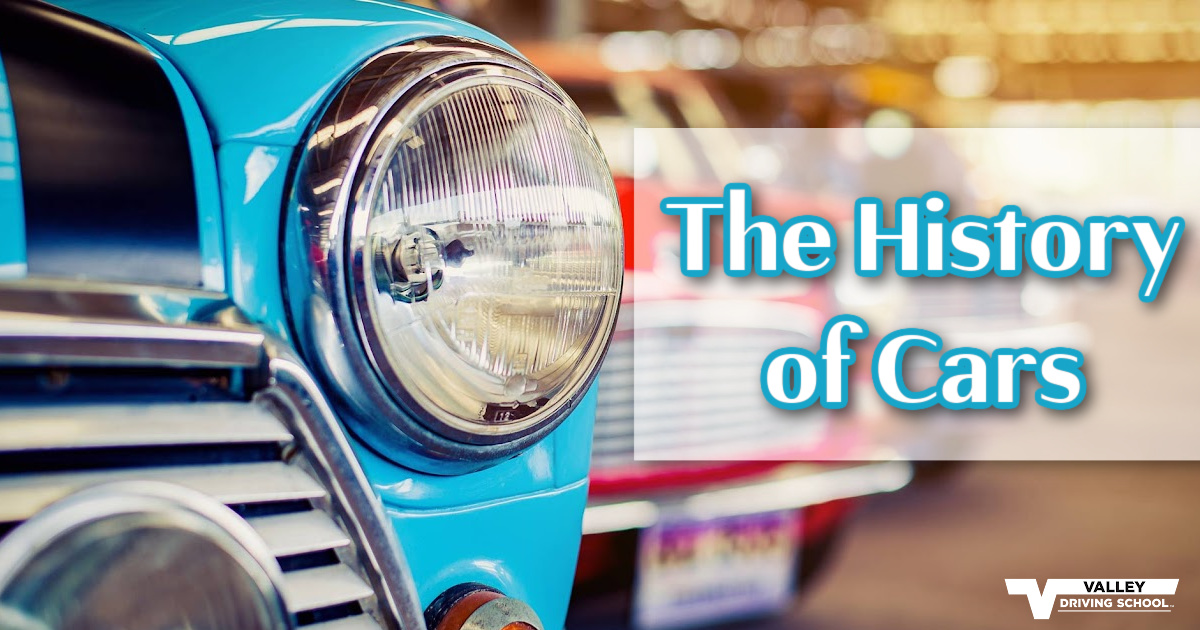
In this week’s blog post, we’re going to reminisce about many of the marvels of modern invention that brought cars, as we know them today, into our lives.
The First Wheel
The first humans had to transport their goods by either floating them down a river or dragging them on a contraption of logs, sticks and whatever they could find to hold it all together, later to be called a sledge. We don’t know exactly when it happened or what animal was used first but eventually it was discovered that animals were raw power and had the ability to be tamed. These animals were called the “beasts of burden” or the first engines.
As time progressed to 3500 BCE, the last great invention of the prehistoric times was created – the wheel. No one knows for sure how the wheel was discovered but once it was, it was a game changer! Adding wheels to a sledge created the first cart and allowed both humans and animals to transport heavier items and more at a quicker pace. The first wheels were more of a square shape opposed to the round circular shape we are familiar with today and they were carved out of solid materials such as wood or stone. Through many years of trial and error someone finally discovered that you could make the wheels rounder by using separate wooden spokes.
Drivetrain
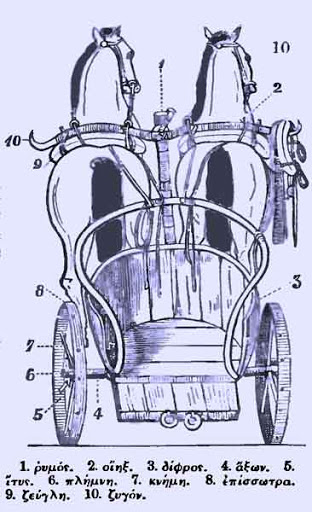
Greek philosophers, the first real scientists, discovered that a wheel mounted onto an axle created more push and pull force. The Greeks also created the first gears which were just a series of wheels with teeth that connected and turned together. When the gears were connected to an axle and wheels, they were able to increase the speed of their vehicle. Now the terrain they were travelling was little to be desired and the longevity of their vehicles was not ideal, so the Romans quickly discovered that their car is only as good as the roads it is able to travel on. They were the first to set up and construct a series of roads and highways to connect the entire Empire.
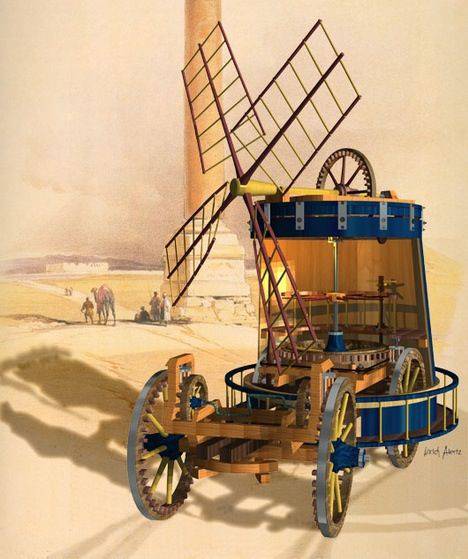
Now we have wheels, axles, gears and roads but still rely on the “beasts of burden” or at this time in history horses to provide the engine power of the car. Fun fact – this is where the term horsepower in relation to an engine came from! Over time, the horse would no longer be needed as an engine, and although ideas of self-powered cars were minimal and had little to no traction, they were becoming a reality. In 1335 the first doodle or sketch was made by Dutchman Guido von Vigevano for the “windwagon”. This was the first car that did not rely on “horsepower” for the engine, it was made up of three key components: one – an engine that was a series of spinning windmill sails, two – a set of wheels and three – gears to transfer power between them. A hundred plus years later the Italian inventor Leonardo da Vinci designed a “clockwork car”, that was composed of springs that were meant to drive the wheels through a system of interlocking gear. Unfortunately, neither of these inventions were very successful.
Steam-Powered Engine
Our next major development in the collaboration of the car came in 1712 when Thomas Newcomen built a machine that was used to pump the rainwater out of the coal mines. This machine was a cylinder with a piston on the inside that moved up and down like a plunger. Steam from a boiler would squirt into the cylinder under the piston followed by cold water to create a condensed steam. This steam would create a vacuum under the piston and because the air pressure above the piston was now greater than the space beneath it the piston would move down and when the vacuum was released it would rise again. The action of the piston rising and falling operated as a pump which in turn sucked the water out of the mine.
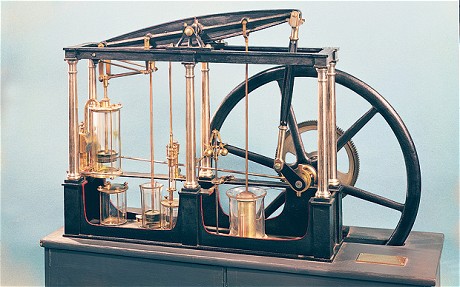
This was the first engine and was originally called a fire engine because it was essentially powered by burning coal but would soon be known as a steam engine. In 1764 James Watt redesigned Newcomen’s engine, making it smaller and instead of the cylinder and piston acting as a pump Watt connected it so that it turned wheels and gears. Although Watt’s was a smaller model it was still quite large and heavy and would not be suitable for a car at this time, however, these engines were used in factories during the Industrial Revolution and at this time in history coal was now the fuel of the future.
Finding the Right Fuel
Due to the size of these steam engines they did not do well in the “first cars”, they were slow and it was inconvenient to have large heavy piles of coal and a tank full of water in your vehicle to ensure it would keep on moving. This did not stop many from trying different sizes and designs of vehicles though! Oliver Evans created a car that could move on both land and water in 1804 in Philadelphia and Goldsworthy Gurney built the first steam powered coach buses with the very first route running between Londan and Bath. Although not the most efficient engine for a smaller vehicle, the coal-powered steam engine was excellent for pulling trains!
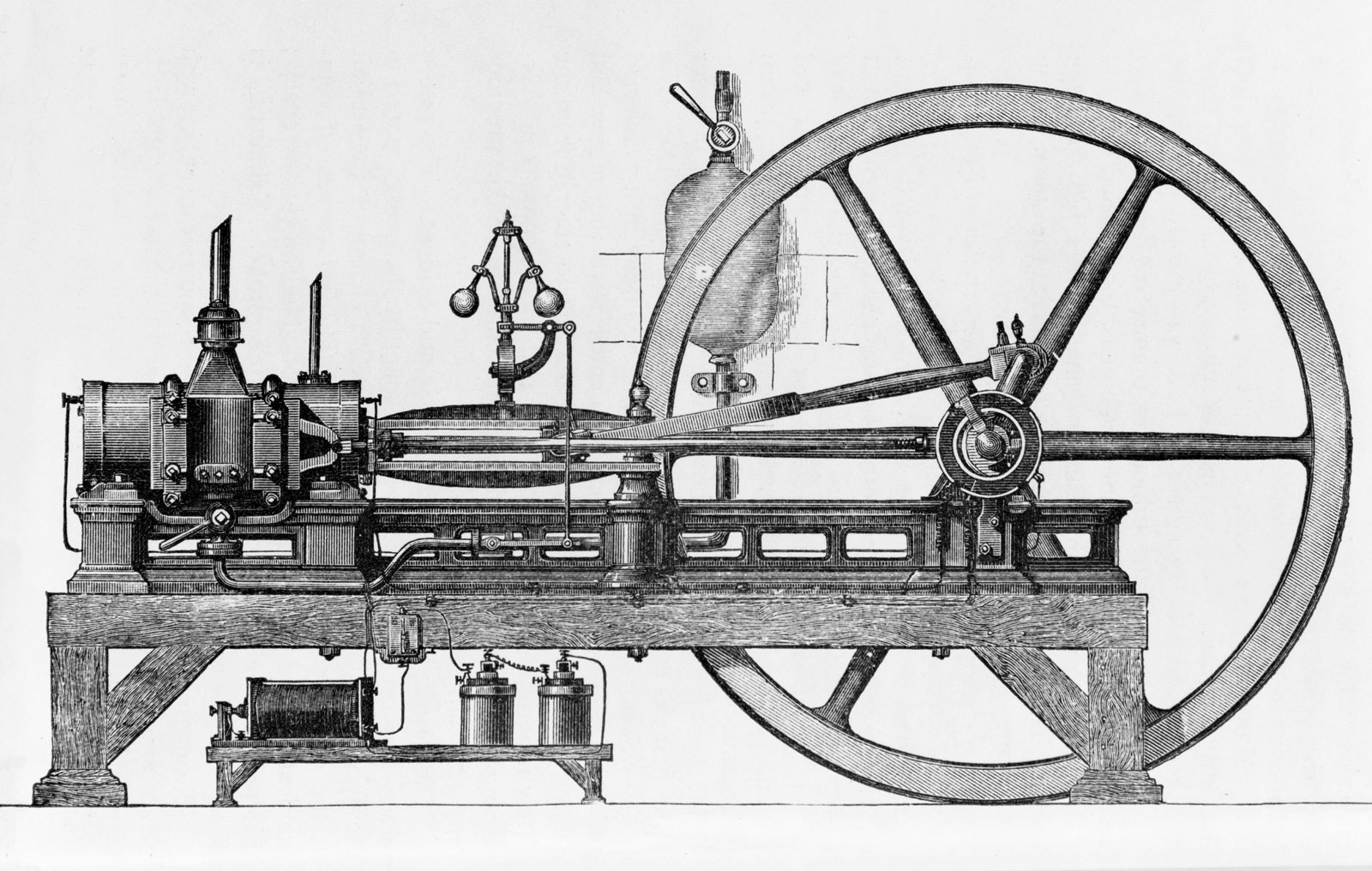
Entering the early 1800’s, we now have wheels, axles, gears, and coal-powered steam engines that are great for trains but not so great for powering cars and we are still using horses to pull coaches for commuting to different places. Needing to find a fuel that will allow us to harness the power of a horse into a small engine, Christiaan Huygens had a brilliant idea to explode gunpowder in a tube which would act similarly to steam pushing the piston which in turn would turn the gears and wheels. With potential safety concerns surrounding a gun powder engine, Joseph Etienne Lenoir, a French-Belgian engineer in the 1850’s, instead took the coal gas that was used to fuel the street lamps and put it into a metal tin. He then experimented with an electric spark (now known as a spark plug) to ignite the gas causing it to explode with a power that could push a piston. With this invention, Lenoir created the first “gas engine” that had the power of 1.5 horses and they were soon being built by the dozen.
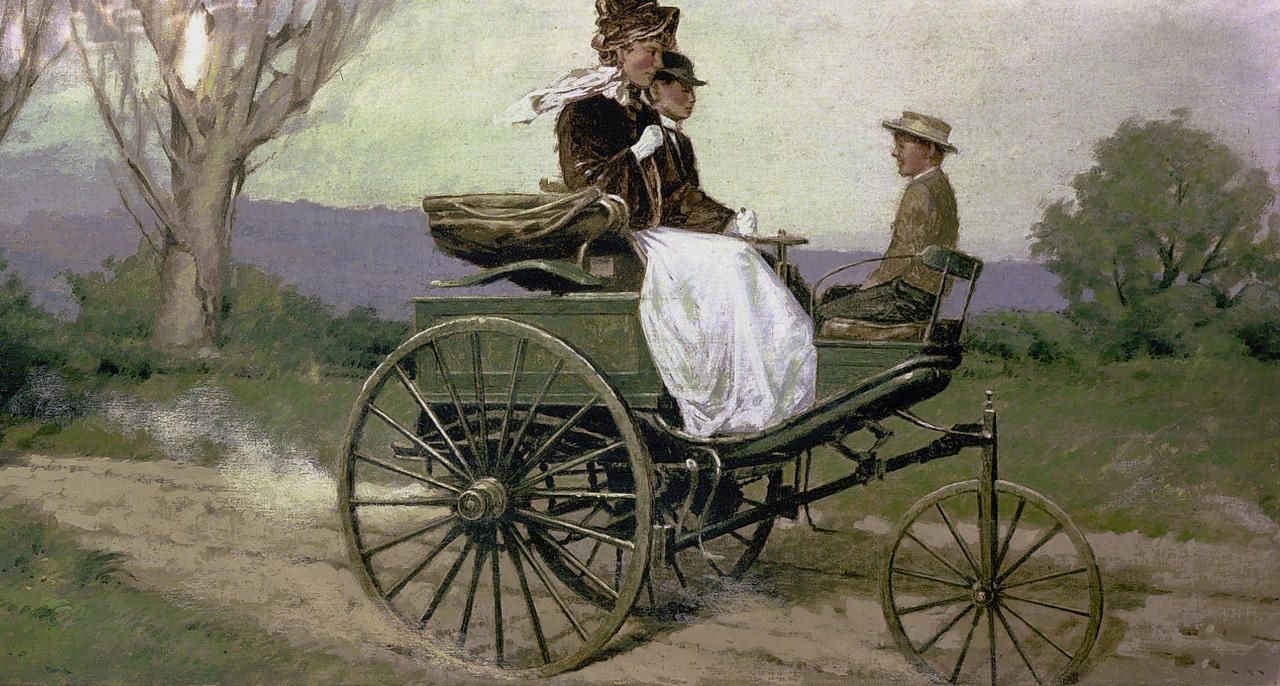
Illuminating gas, as it was called, was a cleaner fuel than coal, however, it wasn’t very practical and the risk of explosion was still too great. In 1876 Nikolaus Otto, a traveling grocery salesman and self-taught engineer, created an engine powered by gasoline, a liquid fuel. The engine worked by repeating four steps over and over again, which came to be known as strokes and practically every modern car engine since has worked this way! German engineer Karl Benz studied Otto’s work and later created his own gasoline engine that he then fixed to a three-wheeled carriage in 1885, giving us the first gas-powered car, which his wife and two sons promptly stole and took for a 100-km joy ride to see grandma! After their adventure his wife suggested having gears for uphill driving as the boys had to push the car up hills. Benz took her advice and began creating four-wheeled cars and was the world’s leading car maker at the start of the 20th century.
The Ford Effect
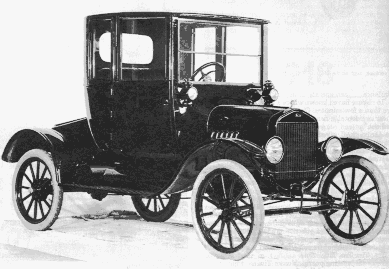
Though there was a large excitement around the first cars, that excitement also came with a price tag that not many could afford at that time. This is where we que in a young and bold American engineer by the name of Henry Ford. Ford had a vendetta against horses and a love for machinery. Combining the two he created a plan to make the simplest “horseless carriage”, in large quantities and in only one colour so that he could make it affordable for more people. 12 years and 8 models (A, B, C, F, N, R, S and K) later, he came up with the Model T which launched in 1908. Ford’s Model T opened the door for other companies to develop and contribute to affordable vehicles for everyone. Many books have been written about Henry Ford and even a movie or two created around his ground-breaking invention. Although he is an icon when it comes to the History of Cars, you can definitely see the value and impact the other inventors had on the industry.
--
Jump forward to the 21st century and we still haven’t quite perfected the car. There have been leaps and bounds of collaborations, creations and improvements all around the world when it comes to efficiency and affordability of vehicles. Technology has improved greatly allowing us to create more using less, and technology has also been integrated into our cars for safety, security, communication and entertainment. There is currently a heavy focus on finding cost effective and efficient ways of using electricity to power an engine opposed to fuels like gasoline and diesel but the History of the Electric Car is a tale for another day.
For now, the History of the Car will be a never-ending story of brilliance and growth and will forever be 'to be continued...'
